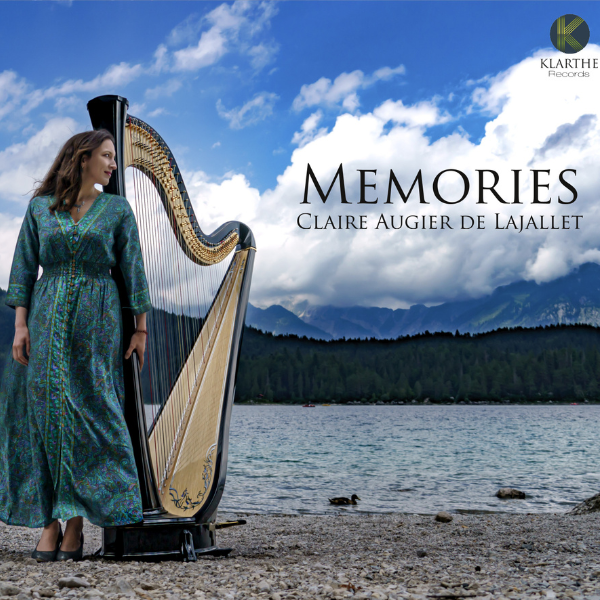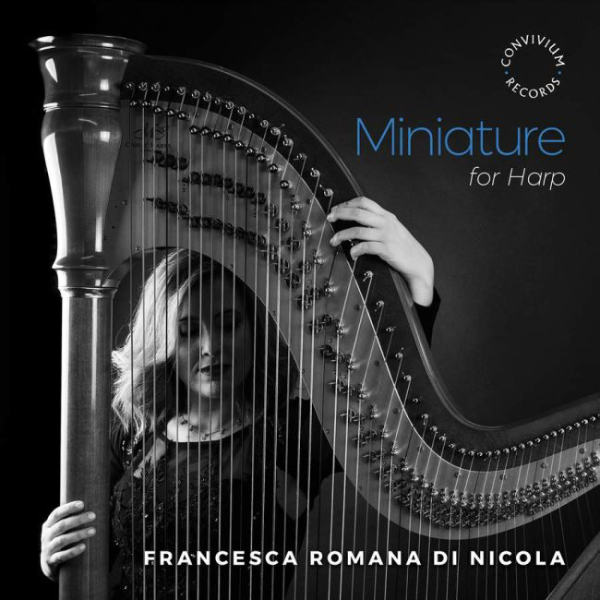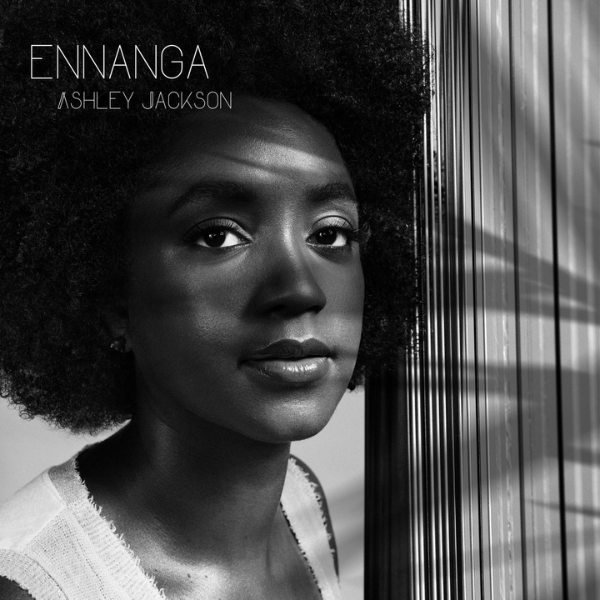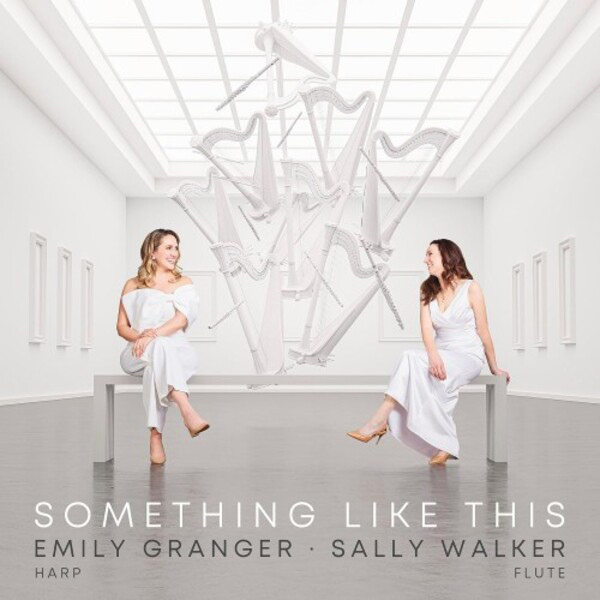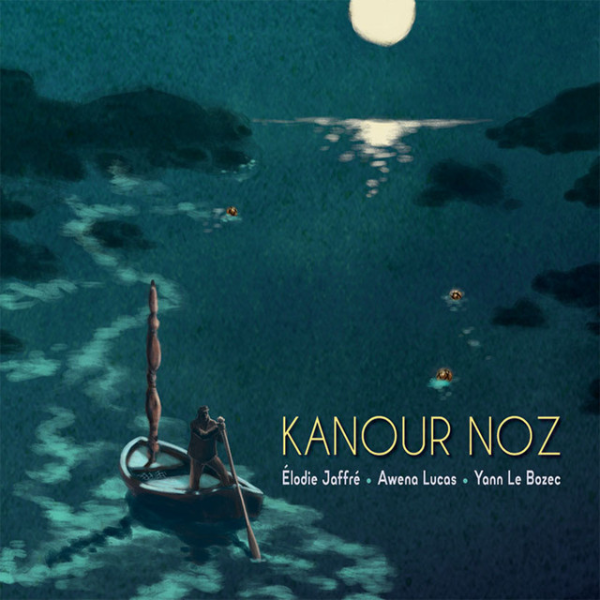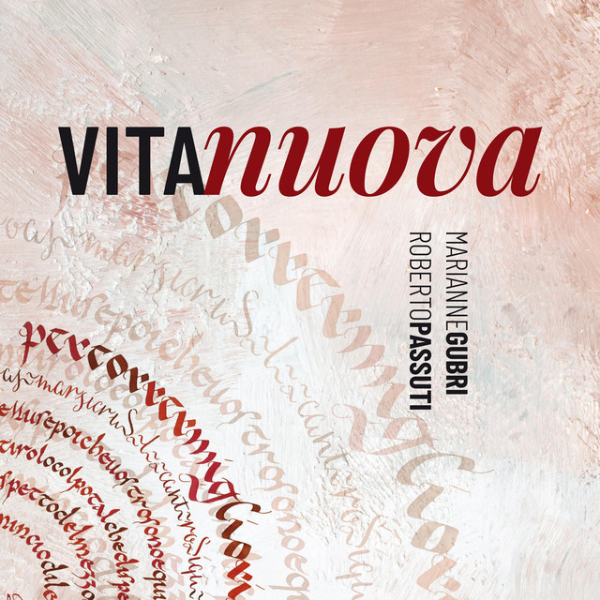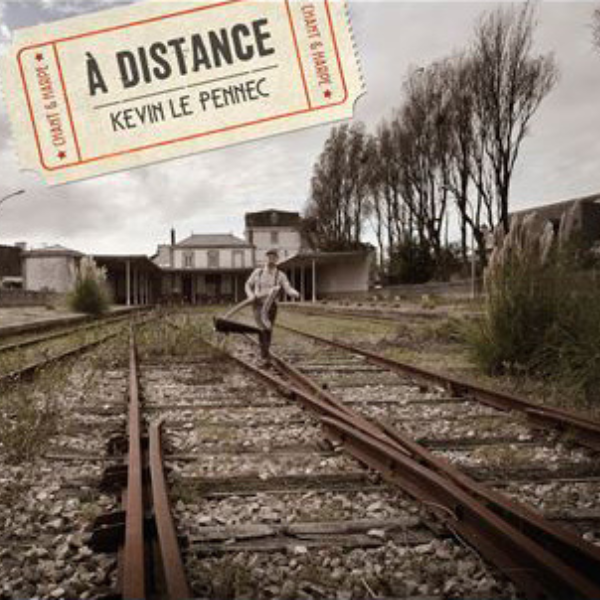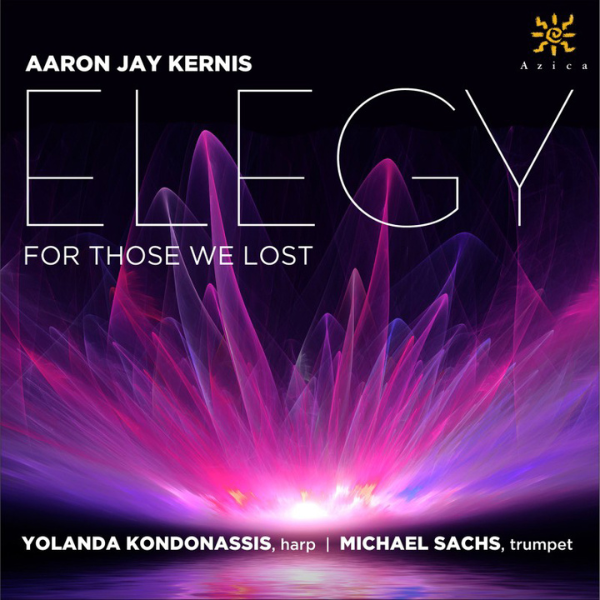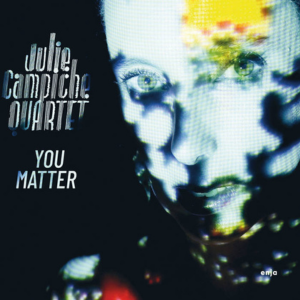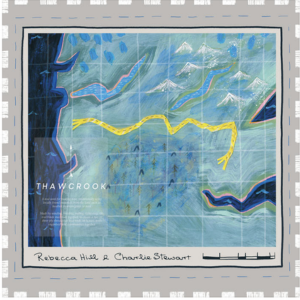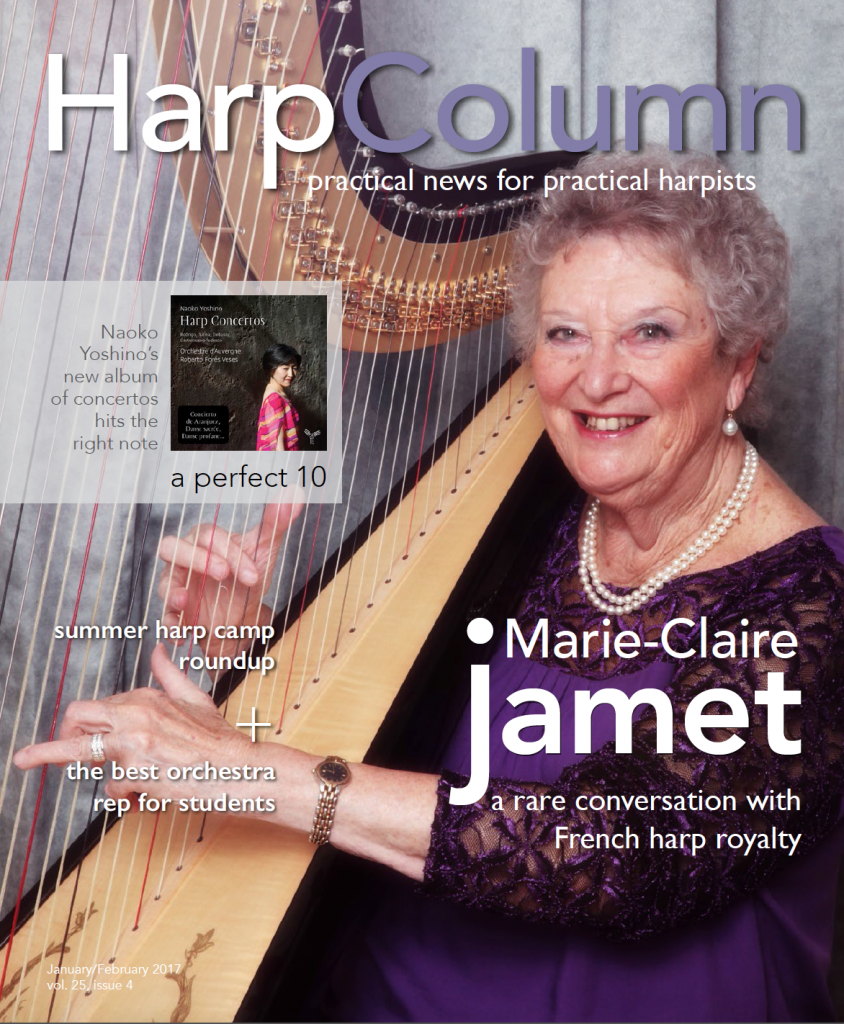
9/10
Crimson Duo: Jaymee Haefner, harp; Matt Milewski, violin. Self-released, 2015.
It is said that in Buenos Aires at the turn of the century, customers waiting their turn in houses of ill repute amused themselves making music with portable instruments, even dancing together to the anticipatory off-beat rhythm that would become the characteristic signature of the tango. So in telling the story of Argentina’s national dance Histoire du Tango, Astor Piazzolla chose the originals, flute and guitar.
In the able hands of the Crimson Duo–harpist Jaymee Haefner and violinist Matt Milewski—the music takes on a broader, perhaps more symphonic sound. The violin opens with a motif that sounds improvisatory and full of light-hearted joie de vivre. It is answered in the harp not by musical notes, but by a little percussive knock before the two come together, players who jibe well in the close, leaning-in tango embrace that still affords the slightest separation for each to fully realize their role in the ensemble.
The slow movement that follows captures the pathos of the tango of the ‘30s, a time when people ceased dancing, and instead listened. Almost like the Blues in the deep South, the tango becomes a vehicle for a singer’s most intimate feelings. The advantage of violin is that, with the right player, the sound can weep. Mr. Milewski is that player, using each bow stroke to give voice to a universal feeling of loss, unrequited desire, or simply ennui. Ms. Haefner accentuates the deepest colors and lingers ever so long on each arpeggio, like a sigh, with the purity of harmonics ringing in response. Only a short moment is afforded to us to gaze through a gauzy veil into a time long past.
This nostalgic intimacy bleeds into the stunning episodic Fantaisie for Violin and Harp by Camille Saint-Saëns. When you put Saint-Saëns into context, it boggles the mind that the man was born during the creative years of Schumann, Mendelssohn, and Brahms and died while the jazz age raged. He stubbornly resisted modernism, and this late work is all heart-on-the-sleeve Romantic, just the vehicle for the expressive qualities inherent in Crimson Duo. The harp opens with a come hither set of arpeggios, the violin answering with a legato lyric, the only hint of this being France 1907 is Saint-Saëns unabashed use of a whole tone scale to shake things up. Gradually and almost imperceptibly, the notes evolve into a more complex scamper with the harp on off-beats in a game of tag, until she later shines in her own moment of virtuosity. It’s a mid-summer night of fireflies and gentle breezes, one you hope will never end. My only disappointment in this lushly recorded album is that I longed for more. But I happily look forward to Crimson’s completion of the Piazzolla and much more.







